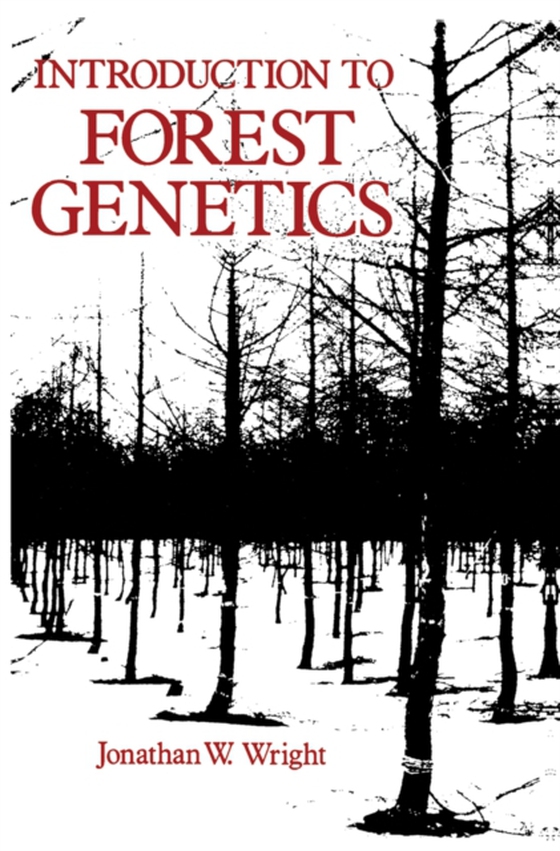
Introduction to Forest Genetics e-bog
436,85 DKK
(inkl. moms 546,06 DKK)
Introduction to Forest Genetics examines some of the basic genetic concepts typically used in forestry and tree improvement studies, including Mendelian and population genetics. It also describes techniques that are generally useful in tree improvement work, including individual tree selection and breeding, provenance testing, species and racial hybridization, and introduction of exotics. Orga...
E-bog
436,85 DKK
Forlag
Academic Press
Udgivet
2 december 2012
Længde
480 sider
Genrer
Agriculture and farming
Sprog
English
Format
pdf
Beskyttelse
LCP
ISBN
9780323148887
Introduction to Forest Genetics examines some of the basic genetic concepts typically used in forestry and tree improvement studies, including Mendelian and population genetics. It also describes techniques that are generally useful in tree improvement work, including individual tree selection and breeding, provenance testing, species and racial hybridization, and introduction of exotics. Organized into 19 chapters, this volume begins with an overview of forest genetics and problems associated with forest genetics. It then discusses concepts from basic genetics, including chromosome structure and function; DNA and RNA; nongenetic inheritance; and genotype versus phenotype. Other chapters focus on inbreeding: complete elimination of homozygous recessive trees; mutation and migration; and controlled pollination and vegetative propagation. The book also covers the establishment and measurement of test plantations; general principles and methods of selective breeding; choice of breeding method and type of seed orchard; heritability and genetic gain; geographic variation in Scotch pine and American trees; species and racial hybridization; chromosome studies; and polyploidy and haploidy breeding. This book is a valuable resource for foresters, professional tree breeders, and those with or without previous training in genetics or forestry.
 Dansk
Dansk

